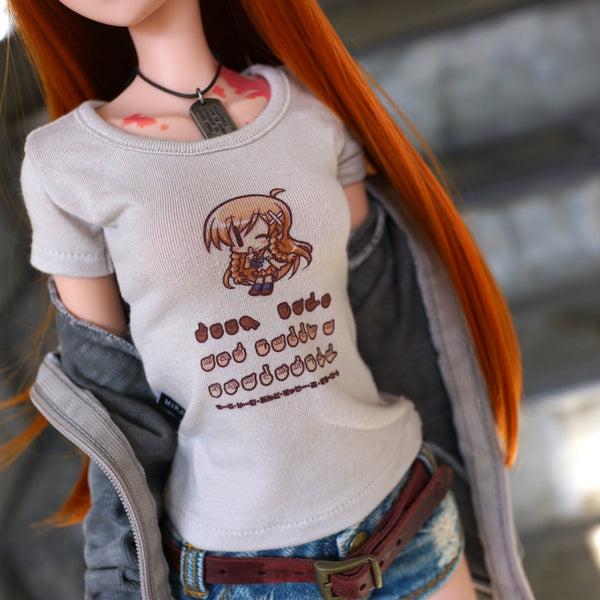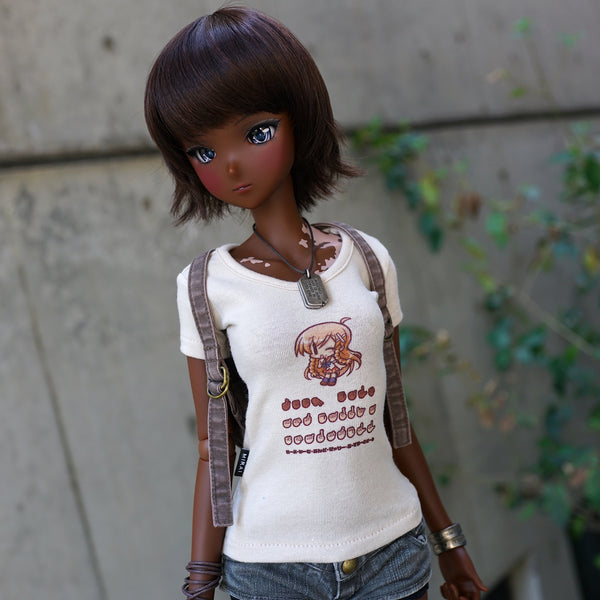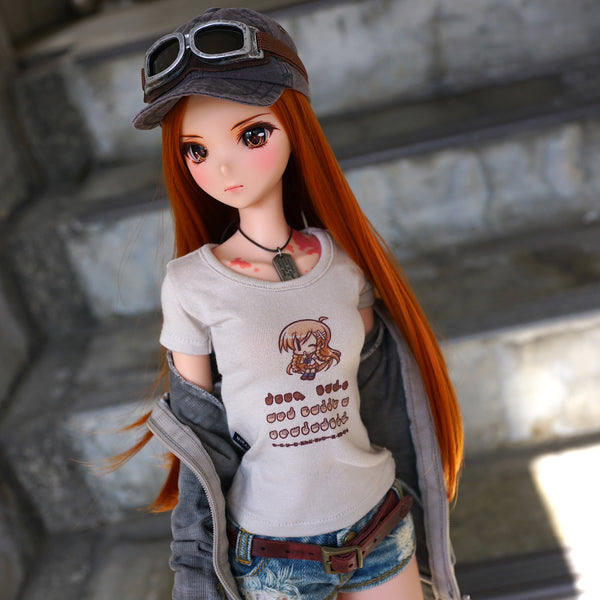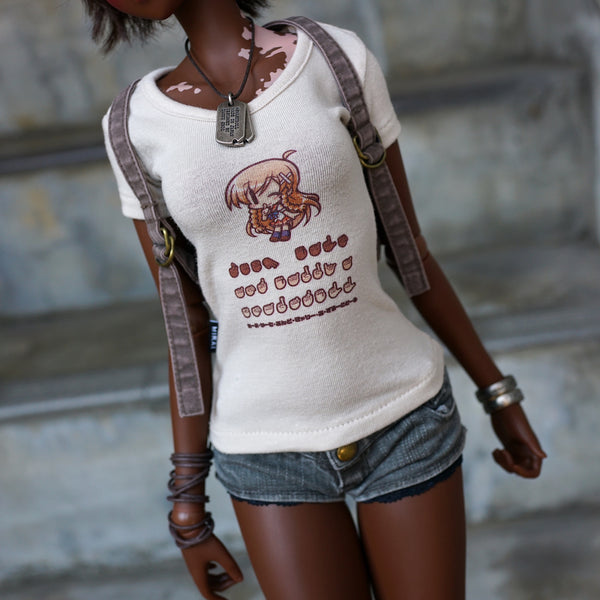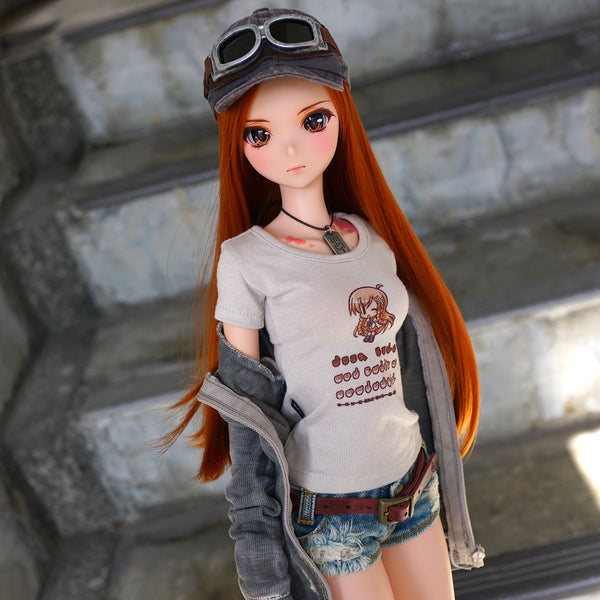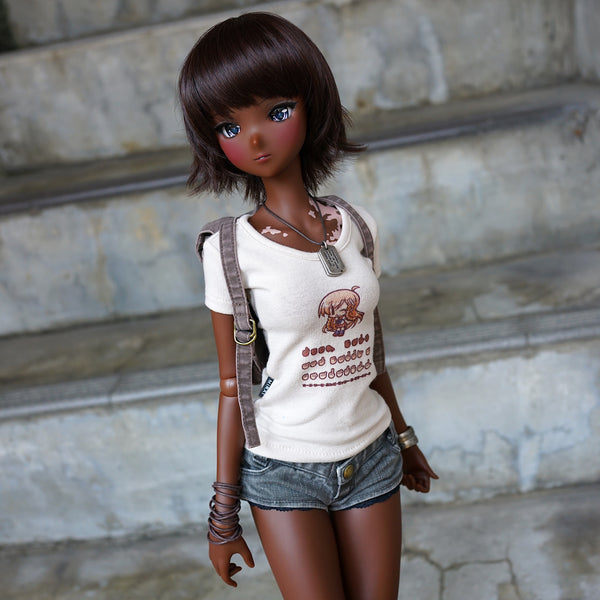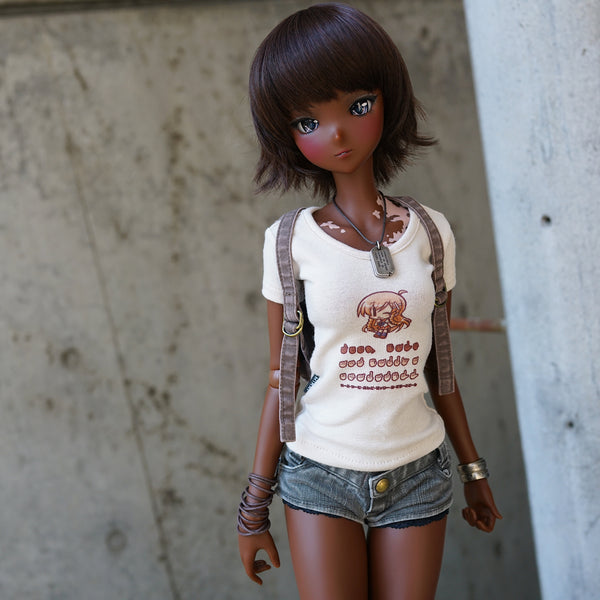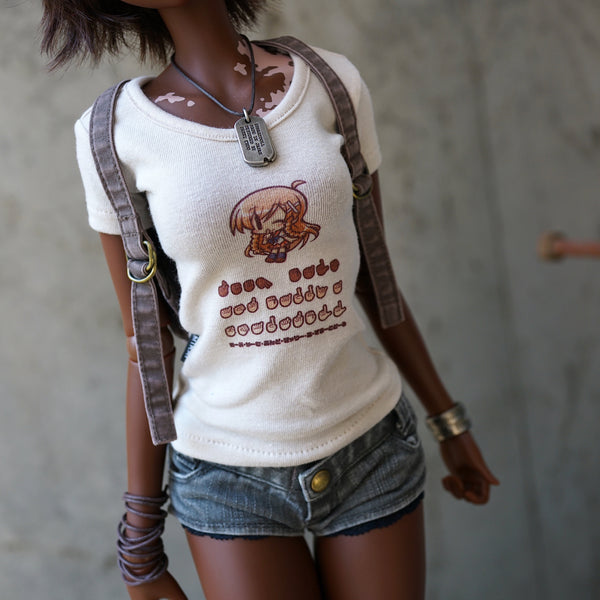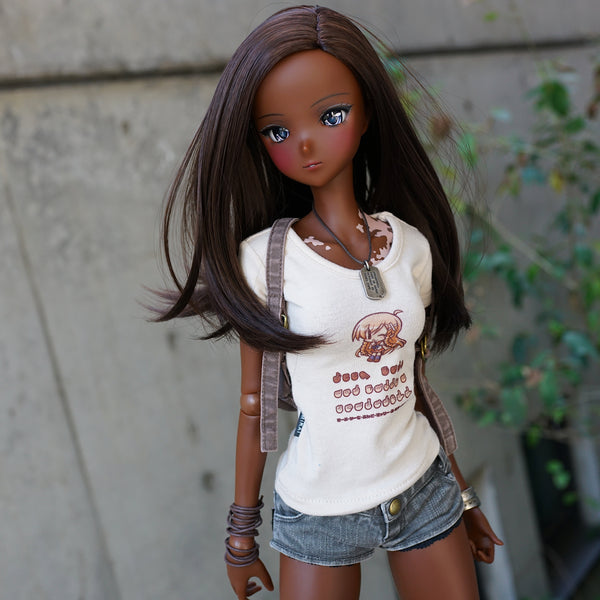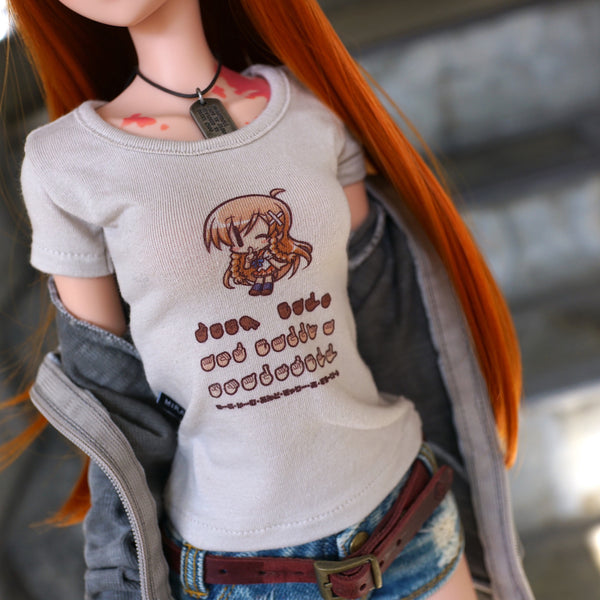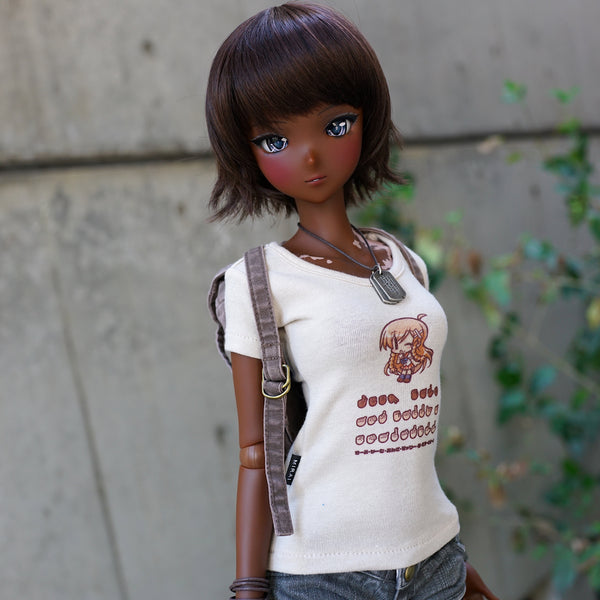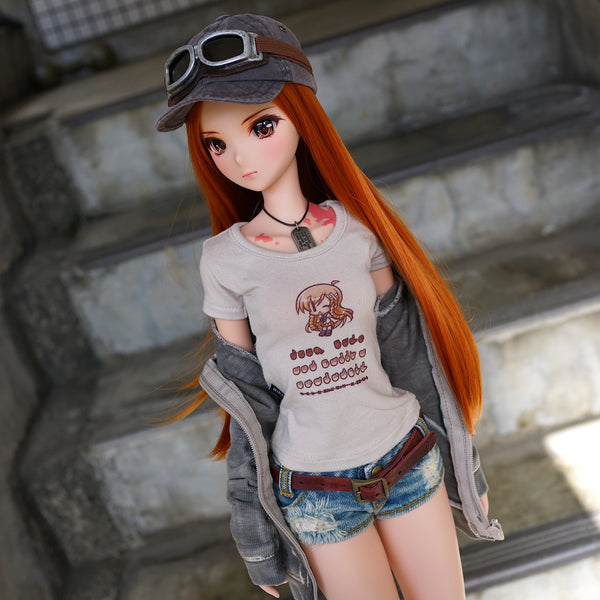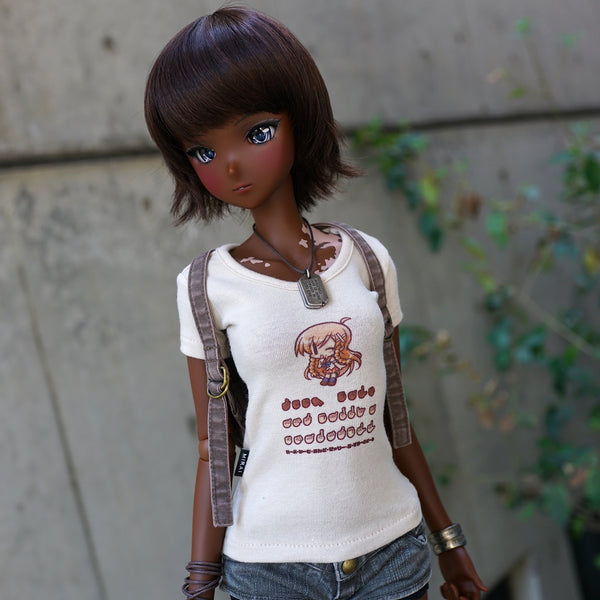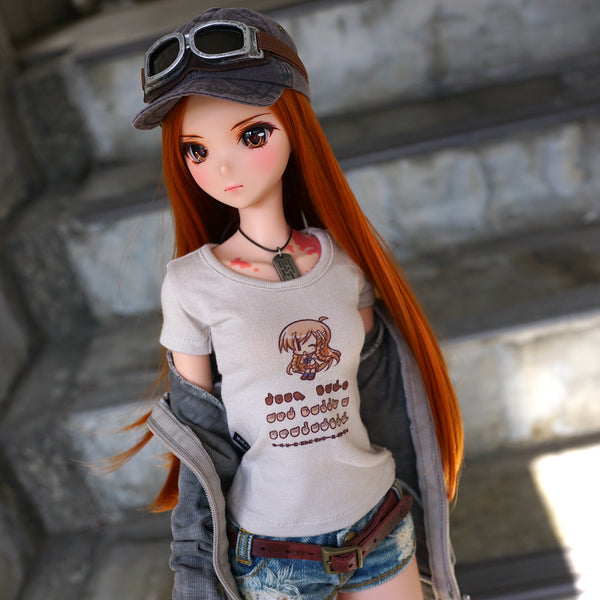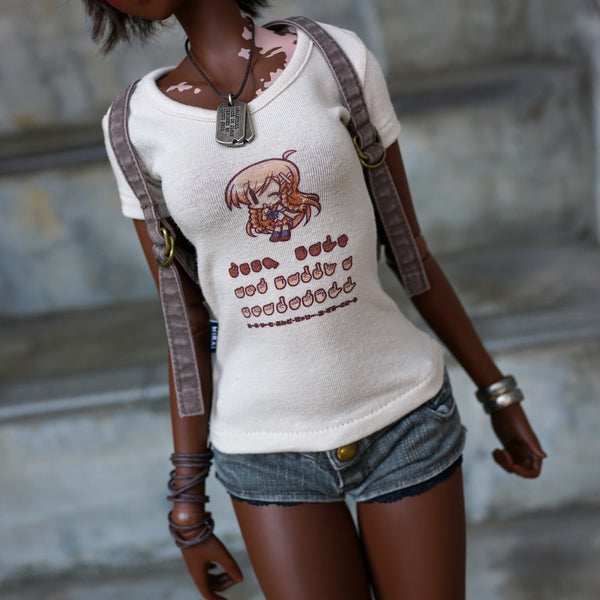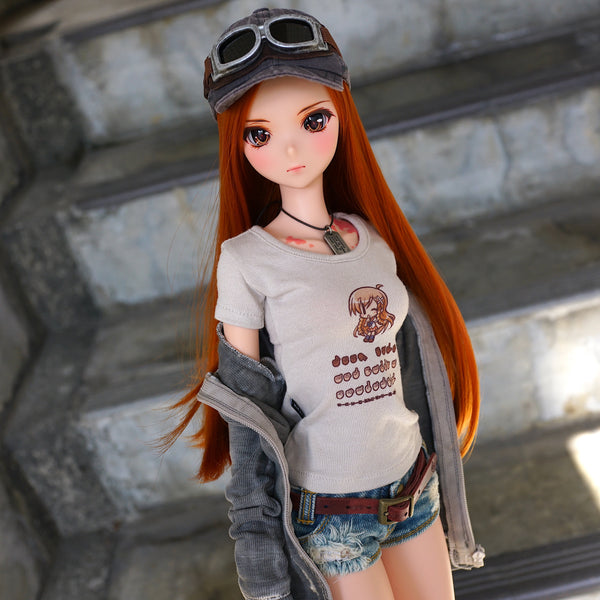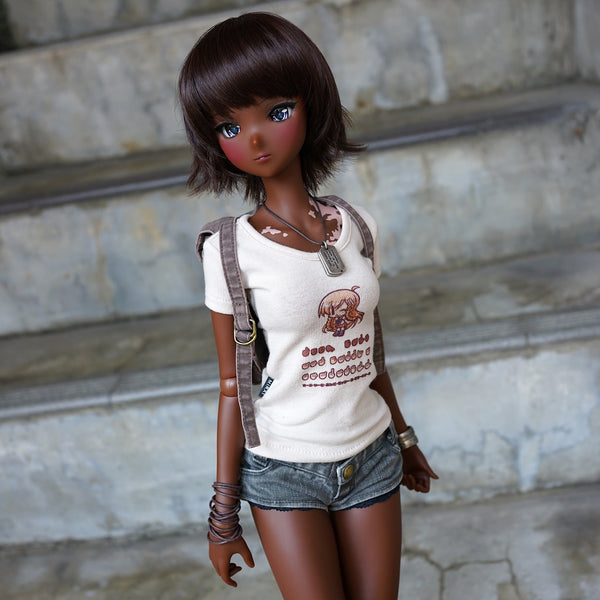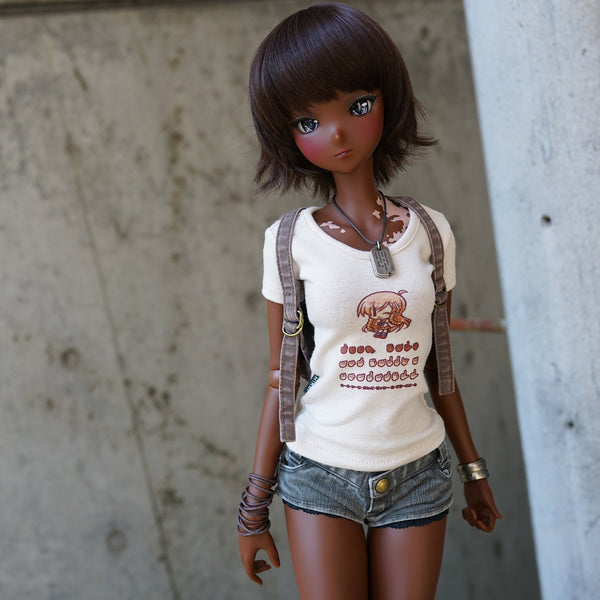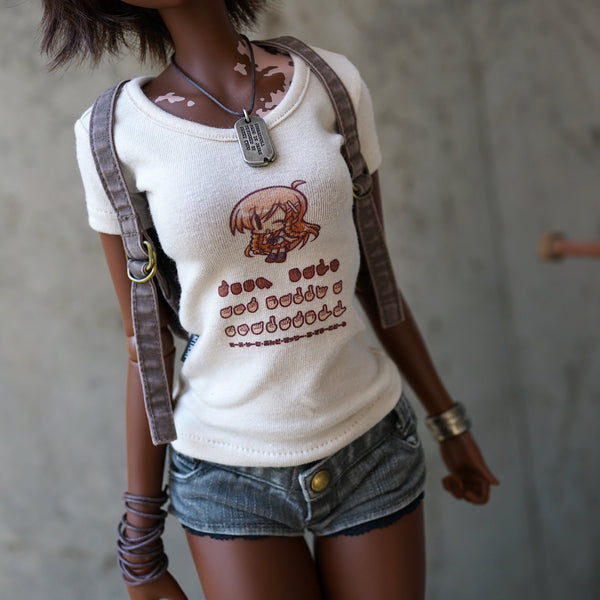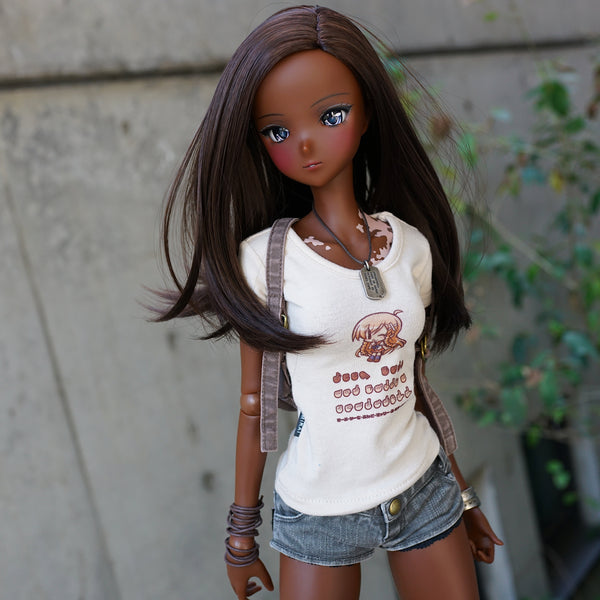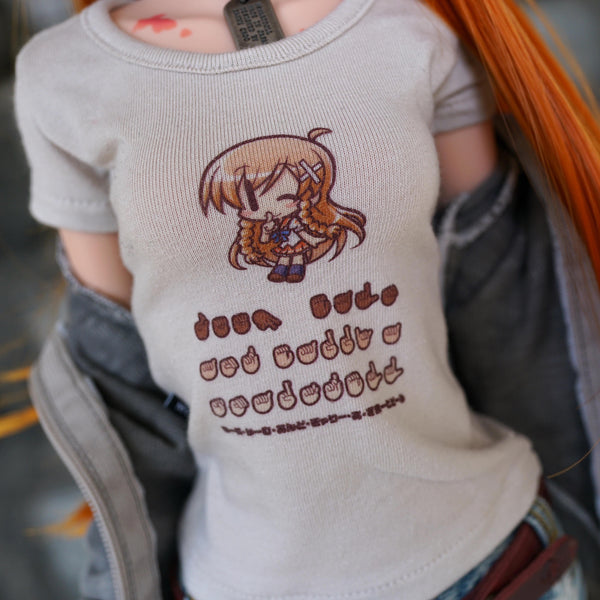I love learning languages. My native tongue is English, but I also speak Japanese, Korean, Chinese, Cantonese, Hokkien, Shanghainese, and Huttese. Lemme share some useful Huttese greetings.
"Yoka to Bantha poodoo" - "You're bantha fodder.
"Solo bolkubok-u-chala" - "I like Captain Solo where he is."
But there are many languages one can choose to learn beyond the spoken type - like sign language developed for folks with hearing loss.
I've encountered many situations in daily life where sign language would have been useful to know at the time. For example, trying to communicate with somebody through a pane of glass (in a shop, on a train, etc.) or with somebody standing at a distance in a noisy crowd, or when it wasn't convenient or awkward to speak aloud.
Even though I don't have much opportunity to converse with folks with hearing loss, I still encounter situations where I can use sign language with my team members or wifey.
I've been learning ASL (American Sign Language) from YouTube - mainly from the "Learn How to Sign" channel at youtube.com/c/LearnHowtoSign.
One of the first things I learned was the ASL alphabet, and with that newfound knowledge, I made this T-shirt - I'm not going to tell you what it says, so you need to learn to read it ;-) I randomized the skin tones for the first design, but it wasn't easy to read.
We will provide this T-shirt free to Smart Doll owners with hearing loss who rely on any sign language or care for those who do. If you are such a person, when placing an order, please leave a note telling us your sign language story. We can still include the cochlear implants and BTE hearing aids in addition to the T-shirt for free - but do remember to request what you need.
I understand that there are many types of sign languages (and not just ASL), but I chose ASL because I have already conversed via email with many of our customers in America who have hearing loss - maybe I can converse with them in person one day.
I love learning languages. My native tongue is English, but I also speak Japanese, Korean, Chinese, Cantonese, Hokkien, Shanghainese, and Huttese. Lemme share some useful Huttese greetings.
"Yoka to Bantha poodoo" - "You're bantha fodder.
"Solo bolkubok-u-chala" - "I like Captain Solo where he is."
But there are many languages one can choose to learn beyond the spoken type - like sign language developed for folks with hearing loss.
I've encountered many situations in daily life where sign language would have been useful to know at the time. For example, trying to communicate with somebody through a pane of glass (in a shop, on a train, etc.) or with somebody standing at a distance in a noisy crowd, or when it wasn't convenient or awkward to speak aloud.
Even though I don't have much opportunity to converse with folks with hearing loss, I still encounter situations where I can use sign language with my team members or wifey.
I've been learning ASL (American Sign Language) from YouTube - mainly from the "Learn How to Sign" channel at youtube.com/c/LearnHowtoSign.
One of the first things I learned was the ASL alphabet, and with that newfound knowledge, I made this T-shirt - I'm not going to tell you what it says, so you need to learn to read it ;-) I randomized the skin tones for the first design, but it wasn't easy to read.
We will provide this T-shirt free to Smart Doll owners with hearing loss who rely on any sign language or care for those who do. If you are such a person, when placing an order, please leave a note telling us your sign language story. We can still include the cochlear implants and BTE hearing aids in addition to the T-shirt for free - but do remember to request what you need.
I understand that there are many types of sign languages (and not just ASL), but I chose ASL because I have already conversed via email with many of our customers in America who have hearing loss - maybe I can converse with them in person one day.
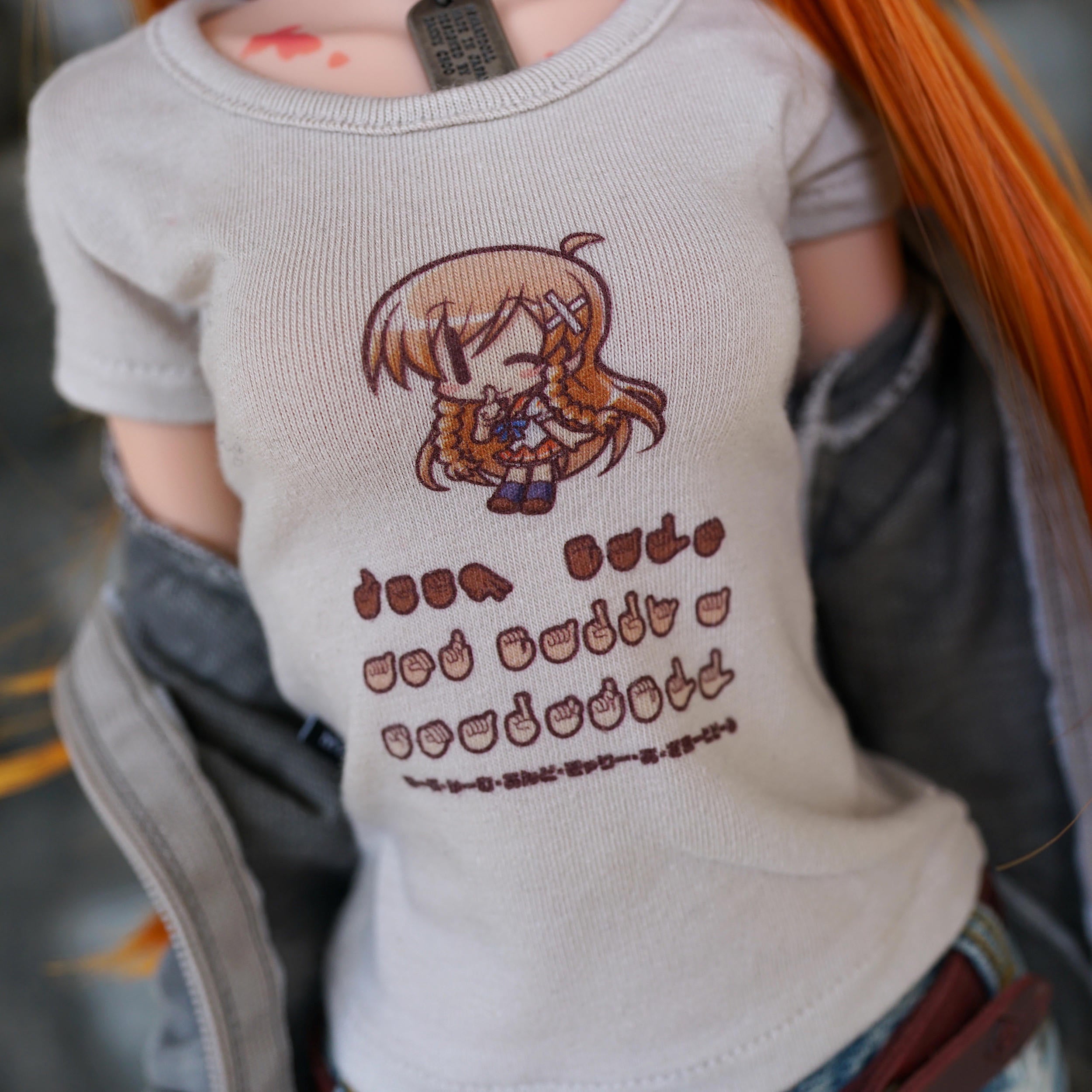

 While the head and hands will be vinyl - you have a choice of two different types of body - one is referred to as Cortex and the other as Vinyl. Both body types are pre-built.
While the head and hands will be vinyl - you have a choice of two different types of body - one is referred to as Cortex and the other as Vinyl. Both body types are pre-built.